Home>Articles>How Long Can You Keep Crab Legs In The Freezer


Articles
How Long Can You Keep Crab Legs In The Freezer
Modified: August 24, 2024
Learn how to store crab legs in the freezer and keep them fresh for an extended period. Discover the ideal duration for freezing crab legs in this informative article.
(Many of the links in this article redirect to a specific reviewed product. Your purchase of these products through affiliate links helps to generate commission for Storables.com, at no extra cost. Learn more)
Introduction
Crab legs are a beloved seafood delicacy that many people enjoy indulging in. Whether you’ve purchased an abundance of crab legs or have leftovers from a seafood feast, you may be wondering how long you can keep crab legs in the freezer. Proper storage is essential to maintain their taste and quality for an extended period.
By following the right guidelines and considering a few factors, you can ensure that your crab legs stay fresh and delicious when stored in the freezer. In this article, we will discuss the factors to consider, guidelines for storing crab legs in the freezer, different methods for freezing whole crab legs, cooked crab legs, and crab leg meat. We will also provide tips on thawing and using frozen crab legs, as well as signs to look out for if the crab legs have spoiled.
So, let’s dive in and uncover the best practices for storing crab legs in the freezer!
Key Takeaways:
- Properly storing crab legs in the freezer is crucial for maintaining their taste and quality. Consider freshness, shell protection, and proper packaging to ensure optimal conditions for long-term storage.
- When using frozen crab legs, prioritize proper thawing methods and be vigilant for signs of spoilage. Enjoy a variety of delicious preparations while ensuring food safety and the highest quality seafood.
Read more: How Long Can You Keep Walnuts In The Freezer
Factors to Consider
Before storing crab legs in the freezer, it is essential to take certain factors into consideration to ensure their quality and longevity. Here are a few key factors to keep in mind:
- Freshness: It’s crucial to start with fresh crab legs if you want to have the best results when freezing them. Look for crab legs that have a vibrant color, a pleasant smell, and firm meat. Avoid crab legs that have a fishy odor or appear slimy, as they might already be past their prime.
- Shell protection: The protective shell of the crab legs plays a significant role in preserving their quality during freezing. Make sure the shells are intact, without any cracks or damages. This will help prevent freezer burn and maintain the flavor and texture of the meat.
- Proper packaging: When storing crab legs in the freezer, proper packaging is crucial to prevent them from getting freezer burn or absorbing unwanted odors. Use airtight freezer bags or containers and ensure all air is removed before sealing them tightly. This will help maintain the quality and freshness of the crab legs.
- Freezer temperature: Maintaining the right temperature in your freezer is essential for preserving the quality of frozen crab legs. Keep your freezer set at or below 0°F (-18°C) to ensure optimal conditions for long-term storage. Verify the accuracy of your freezer’s temperature using a thermometer regularly.
- Storage duration: While freezing can prolong the shelf life of crab legs, it is important to note that they are best consumed within a reasonable timeframe. Freezing can alter the texture of the meat, so it is recommended to consume them within 3-4 months for the best taste and quality. Beyond this timeframe, they may still be safe to eat but may not be as enjoyable.
- Labeling: Properly labeling your crab legs with the date of freezing can help you keep track of their storage duration. This will ensure that you use the oldest crab legs first and avoid any potential wastage.
By considering these factors, you can make informed decisions when storing crab legs in the freezer, ultimately ensuring the best possible quality and taste when you’re ready to enjoy them.
Guidelines for Storing Crab Legs in the Freezer
When it comes to storing crab legs in the freezer, following a few guidelines can help maintain their quality and flavor. Here are some essential guidelines to keep in mind:
- Package them properly: Before placing the crab legs in the freezer, ensure that they are properly packaged to prevent freezer burn and maintain their freshness. Wrap each individual leg tightly in plastic wrap or place them in airtight freezer bags or containers. Removing excess air will help prevent ice crystals from forming and damaging the meat.
- Separate into portions: If you have a large batch of crab legs, it is advisable to separate them into smaller portions before freezing. This way, you can thaw only the amount you need, reducing the risk of waste. Divide the crab legs into meal-sized portions and package them accordingly.
- Label and date: Properly label each package with the date of freezing to keep track of their storage duration. This will allow you to use the oldest crab legs first and ensure that they are consumed within the recommended timeframe.
- Store in the coldest part of the freezer: To maintain the best quality, store the crab legs in the coldest part of your freezer. This is usually the back or bottom shelf. Avoid storing them in the freezer door, as the temperature fluctuations when opening and closing the door can affect their quality.
- Avoid stacking: While maximizing freezer space is important, it is advisable to avoid stacking the crab legs on top of each other. This can cause them to become squished or break, affecting their appearance and texture when thawed.
- Don’t refreeze previously thawed crab legs: Once you have thawed crab legs, it is not recommended to refreeze them. This can affect their quality and increase the risk of spoilage. If you have leftover crab legs after thawing, ensure they are cooked and consumed within a couple of days for the best taste and safety.
By following these guidelines, you can ensure that your crab legs remain in optimal condition while stored in the freezer. This will help preserve their delicious taste and quality until you are ready to enjoy them.
Freezing Whole Crab Legs
Freezing whole crab legs is a simple and effective way to preserve their flavor and quality. Here’s a step-by-step process for freezing whole crab legs:
- Clean the crab legs: Before freezing, ensure that the crab legs are clean and free from any debris. Rinse them under cold water to remove any dirt or shell fragments.
- Pat dry: Use a paper towel or kitchen towel to pat the crab legs dry. This will remove any excess moisture, helping to prevent ice crystals from forming during freezing.
- Wrap individually: Wrap each whole crab leg tightly in plastic wrap. This will protect the legs and prevent them from getting freezer burn.
- Place in freezer bags: Once wrapped, place the individually wrapped crab legs into airtight freezer bags. Press out any excess air and seal the bags tightly.
- Label and date: Properly label the bags with the date of freezing and the contents. This will help you keep track of their storage duration and ensure you use the oldest crab legs first.
- Store in the freezer: Place the freezer bags of crab legs in the coldest part of your freezer, preferably the back or bottom shelf.
By following these steps, you can freeze whole crab legs effectively. When you’re ready to use them, simply thaw the required amount by following the appropriate thawing method.
Remember, whole crab legs will have a longer freezing time compared to other crab leg preparations. Ensure to use them within the recommended timeframe to maintain the best quality.
Freezing Cooked Crab Legs
If you have leftovers from a crab leg feast or have cooked crab legs that you’d like to freeze, you can do so successfully by following these steps:
- Cool the crab legs: Allow the cooked crab legs to cool completely before freezing. This will prevent condensation and ice crystals from forming during the freezing process.
- Remove the meat from the shell: If the crab legs are still in their shells, carefully remove the meat from the shells. This will make freezing and thawing easier and more convenient.
- Separate into portions: Divide the cooked crab leg meat into meal-sized portions. This will allow you to thaw only the amount you need, reducing waste.
- Wrap in plastic wrap: Wrap each portion of cooked crab leg meat tightly in plastic wrap. This will protect the meat and prevent freezer burn.
- Place in freezer bags or containers: Once wrapped, place the portions of crab leg meat into airtight freezer bags or containers. Press out any excess air and seal them tightly to prevent moisture from entering.
- Label and date: Properly label each bag or container with the date of freezing and the contents. This will help you keep track of their storage duration and ensure you use the oldest crab leg meat first.
- Store in the freezer: Put the freezer bags or containers of cooked crab leg meat in the coldest part of your freezer.
By following these steps, you can freeze cooked crab legs efficiently. When you’re ready to enjoy them, simply thaw the desired portion using your preferred thawing method.
Remember, cooked crab legs have a slightly shorter storage duration compared to raw crab legs. It is recommended to consume them within 3-4 months for the best taste and quality.
You can keep crab legs in the freezer for up to 3-4 months if properly stored in an airtight container or freezer bag to prevent freezer burn. Thaw in the refrigerator before cooking.
Freezing Crab Leg Meat
If you prefer to freeze crab leg meat separately from the shells or have leftover crab leg meat, you can do so by following these simple steps:
- Cool the crab leg meat: Allow the crab leg meat to cool completely before freezing. This will prevent condensation and ice crystals from forming during the freezing process.
- Divide into portions: Divide the crab leg meat into meal-sized portions or as per your preferred serving sizes. This will make it easier to thaw only the amount you need.
- Wrap in plastic wrap: Wrap each portion of crab leg meat tightly in plastic wrap. This will protect the meat and prevent freezer burn.
- Place in freezer bags or containers: Once wrapped, place the portions of crab leg meat into airtight freezer bags or containers. Remove any excess air and seal them tightly.
- Label and date: Label each bag or container with the date of freezing and the contents. This will help you keep track of their storage duration and ensure you use the oldest crab leg meat first.
- Store in the freezer: Put the freezer bags or containers of crab leg meat in the coldest part of your freezer.
By following these steps, you can successfully freeze crab leg meat. When you’re ready to use it, simply thaw the desired portion using your preferred thawing method.
It’s important to note that freezing crab leg meat individually allows for easier portioning and reduces potential waste. Additionally, it is recommended to consume the frozen crab leg meat within 3-4 months to ensure the best taste and quality.
Thawing and Using Frozen Crab Legs
When it comes to using frozen crab legs, proper thawing is crucial to maintain their texture and flavor. Here are a few methods for thawing frozen crab legs:
- Refrigerator thawing: The safest and most recommended method is to thaw crab legs in the refrigerator. Simply place the frozen crab legs in a dish or on a plate and let them thaw in the refrigerator overnight. This gradual thawing process ensures that the crab legs thaw evenly and minimizes the risk of bacterial growth.
- Cold water thawing: If you need to thaw the crab legs more quickly, you can use the cold water thawing method. Place the frozen crab legs in a sealed plastic bag and submerge them in a bowl of cold water. Change the water every 30 minutes to maintain its cold temperature. This method usually takes 1-2 hours depending on the size of the crab legs.
- Microwave thawing: While convenient, thawing crab legs in the microwave is not the ideal method as it can lead to uneven thawing and even partially cook the meat. If you choose to use this method, follow your microwave’s instructions for defrosting, and make sure to do it on the lowest power setting. Be cautious and check the crab legs frequently to avoid overcooking.
Once the crab legs are thawed, you can proceed to use them in various delicious preparations. Here are a few ideas:
- Steamed crab legs: Steam the crab legs with your favorite seasonings for a simple and flavorful meal.
- Grilled crab legs: Brush the crab legs with butter or marinade and grill them for a smoky and charred taste.
- Crab leg pasta: Incorporate the crab meat into a creamy pasta dish for a rich and indulgent meal.
- Crab cakes or fritters: Use the crab meat to make delicious crab cakes or fritters, perfect for appetizers or main courses.
- Soups and stews: Add the crab legs to hearty soups and stews for a delightful seafood twist.
Remember, when using thawed crab legs, always handle them with care and ensure they are cooked thoroughly to the recommended internal temperature (usually around 145°F or 63°C) to ensure food safety.
By following proper thawing methods and exploring various cooking techniques, you can enjoy the deliciousness of frozen crab legs in a variety of mouth-watering dishes.
Signs of Spoiled Crab Legs
While properly stored frozen crab legs can maintain their quality for a significant period, it is essential to be able to identify signs of spoilage to ensure food safety. Here are some signs that indicate crab legs may have spoiled:
- Unpleasant odor: Fresh crab legs have a subtle, sweet, and slightly salty aroma. If you detect a strong, unpleasant fishy or sour odor, it is likely an indication that the crab legs have gone bad.
- Abnormal color: Look out for any unusual color changes in the crab leg meat. Fresh crab legs have a vibrant and translucent appearance. If the meat appears discolored, such as turning gray, brown, or greenish, it is a sign of spoilage.
- Texture changes: When crab leg meat spoils, the texture can become slimy or mushy. If the meat feels excessively soft or sticky to the touch, this indicates spoilage and should not be consumed.
- Mold or unusual growth: Any visible mold or unusual growth on the crab legs is a clear indication of spoilage. Avoid consuming crab legs with these signs, as they can pose health risks.
- Off taste: Taste is a crucial factor in determining the freshness of crab legs. If the crab leg meat tastes significantly different from its fresh, sweet, and delicate flavor, it is likely spoiled and should not be consumed.
- Prolonged storage duration: Even with proper storage, frozen crab legs have a recommended storage duration. If crab legs have been stored in the freezer beyond the recommended timeframe, their quality may have deteriorated, making them unsafe to consume.
If you notice any of these signs when examining crab legs, it is best to err on the side of caution and discard them. Consuming spoiled seafood can lead to foodborne illnesses. It is crucial to prioritize the safety of you and your loved ones by only consuming fresh and properly stored crab legs.
By being vigilant and inspecting the appearance, aroma, texture, taste, and storage duration of crab legs, you can ensure that you only enjoy the highest quality and safest seafood.
Conclusion
Properly storing crab legs in the freezer is essential to maintain their taste, texture, and quality for an extended period. By considering factors such as freshness, shell protection, proper packaging, freezer temperature, storage duration, and labeling, you can ensure that your crab legs stay fresh and delicious when stored in the freezer.
Follow the guidelines for storing crab legs in the freezer, whether they are whole crab legs, cooked crab legs, or crab leg meat. Package them properly, separate them into portions, and label them with the date of freezing to keep track of their storage duration.
When you’re ready to use frozen crab legs, ensure proper thawing by using methods such as refrigerator thawing, cold water thawing, or microwave thawing (with caution). Once thawed, you can enjoy them in a variety of delicious preparations, such as steaming, grilling, or incorporating them into pasta dishes, soups, and stews.
However, it’s crucial to be aware of signs of spoilage, such as unpleasant odor, abnormal color, texture changes, mold or unusual growth, off taste, and prolonged storage duration. If you notice any of these signs, it is best to discard the crab legs to avoid any potential foodborne illnesses.
In conclusion, by following the proper guidelines for storing and thawing crab legs and being mindful of signs of spoilage, you can enjoy the delectable taste of crab legs from your freezer at any time. Just remember to prioritize food safety and make sure the crab legs you consume are fresh, properly stored, and of the highest quality.
Now that you've mastered storing crab legs in your freezer, why not get even more organized? Up next, we've got a handy guide on arranging your freezer space. Stacking, sorting, and maximizing space can all make a huge difference in how you store and access your frozen goods. Don't let disarray keep you from enjoying your kitchen to its fullest. Dive into our next article and transform your freezer into a well-ordered haven!
Frequently Asked Questions about How Long Can You Keep Crab Legs In The Freezer
Was this page helpful?
At Storables.com, we guarantee accurate and reliable information. Our content, validated by Expert Board Contributors, is crafted following stringent Editorial Policies. We're committed to providing you with well-researched, expert-backed insights for all your informational needs.
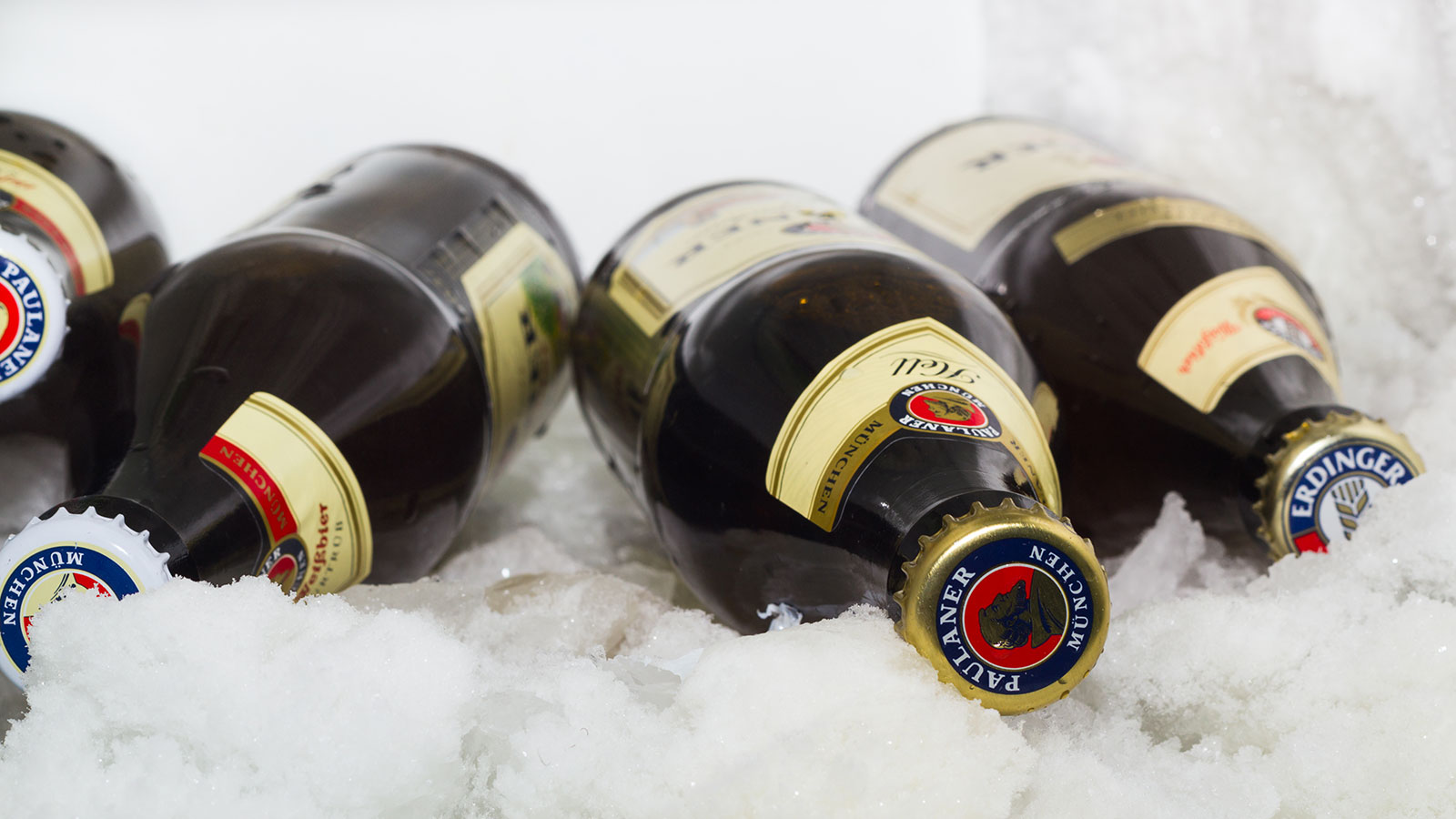

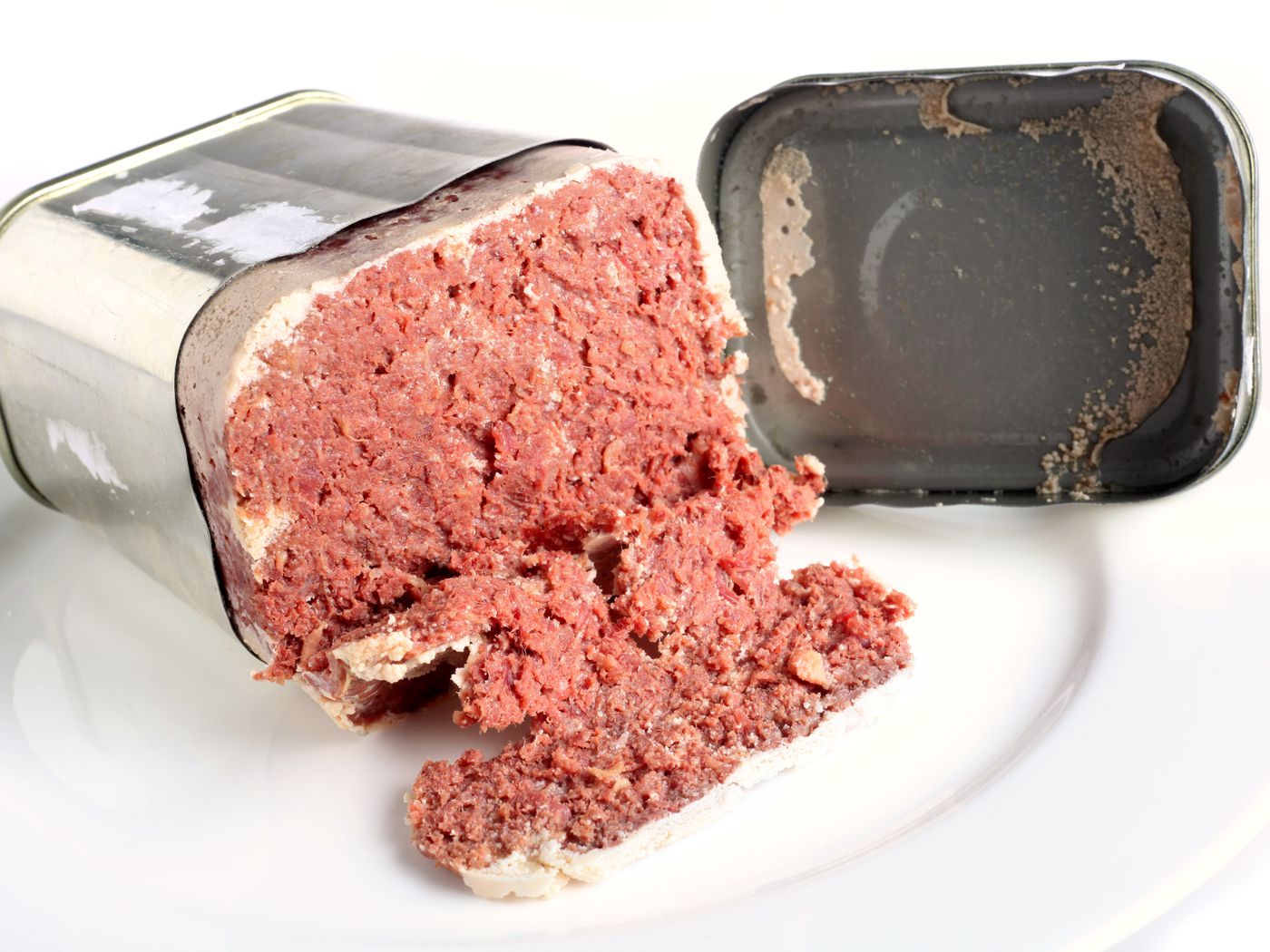
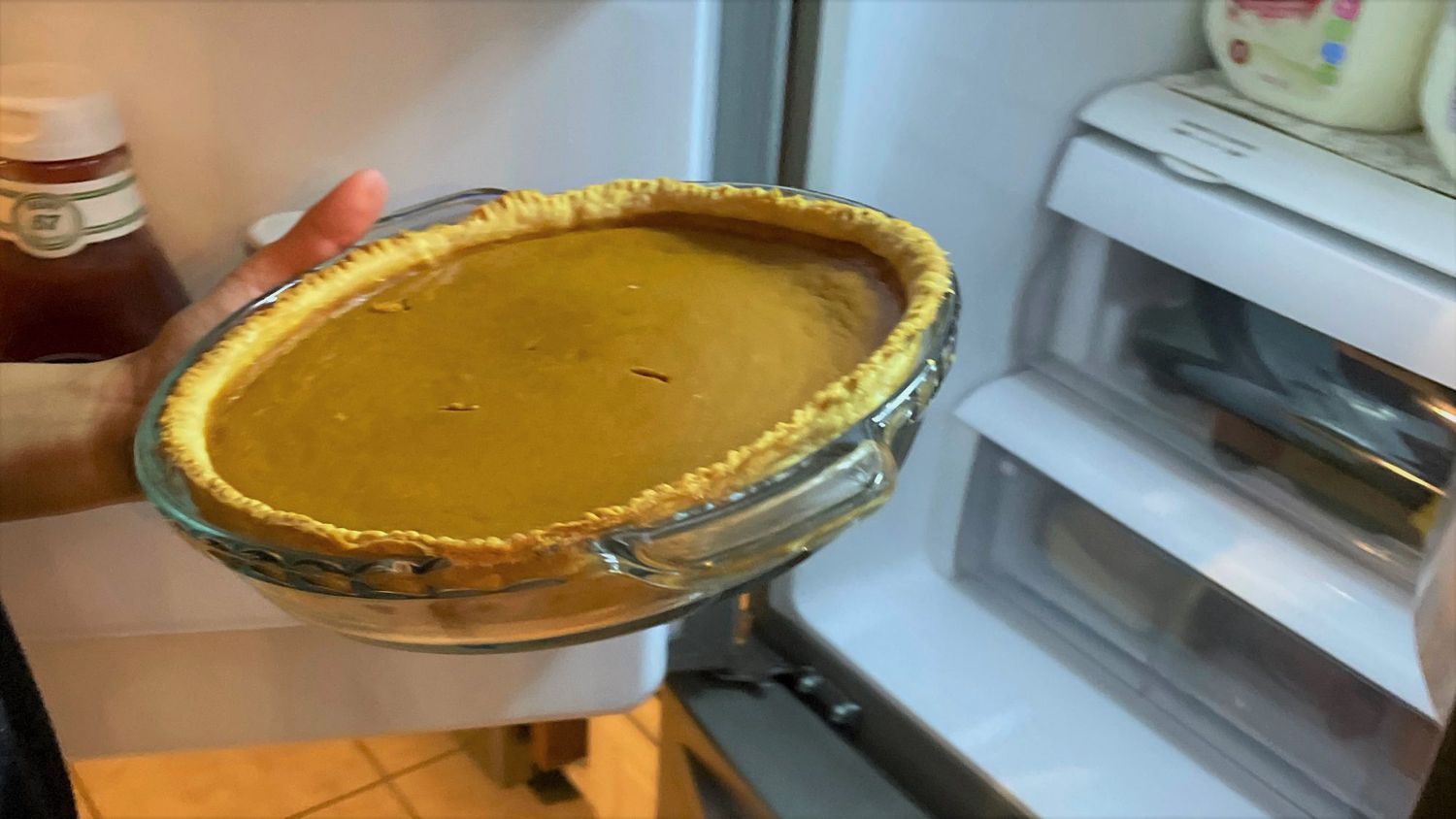

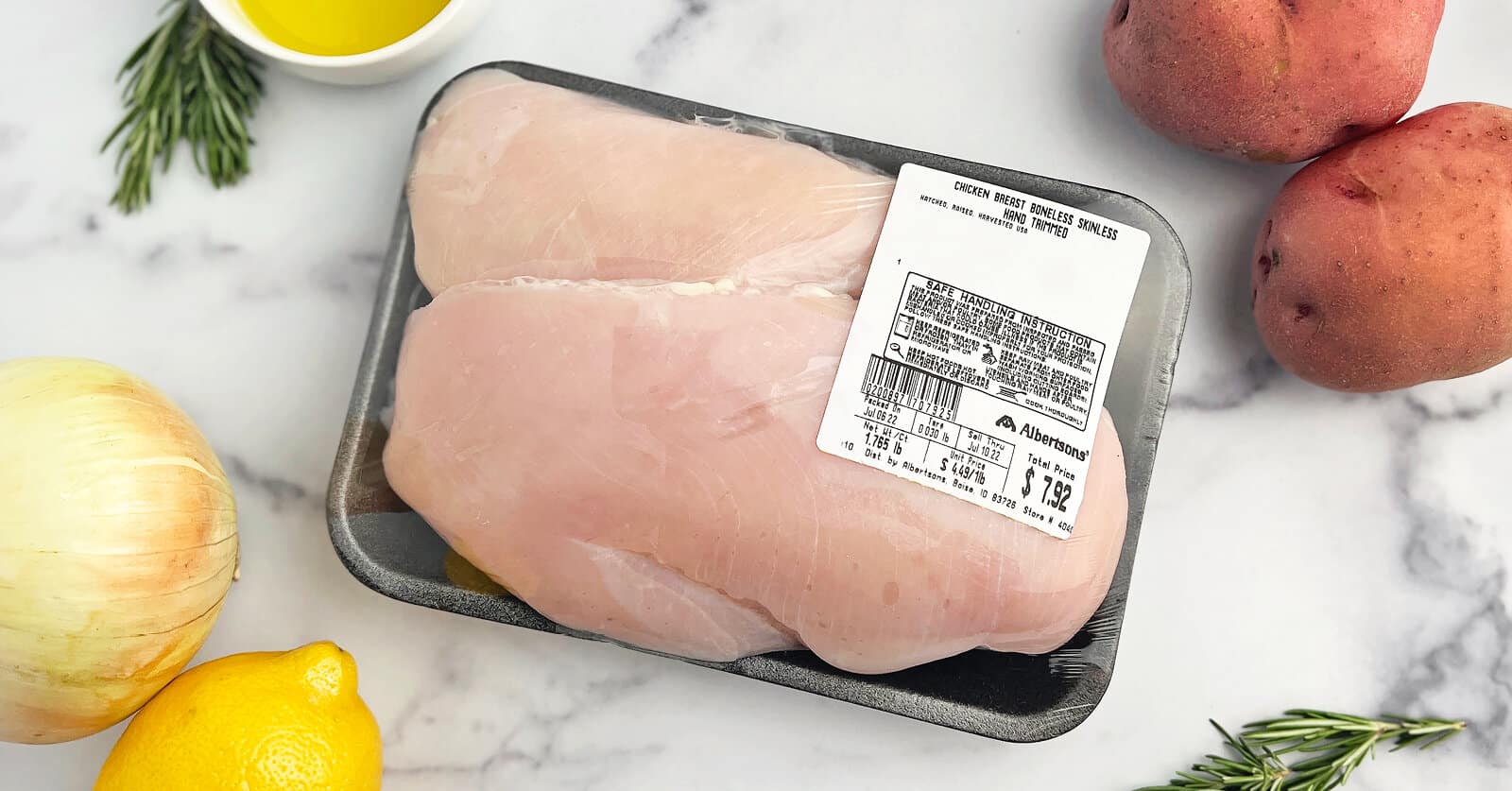

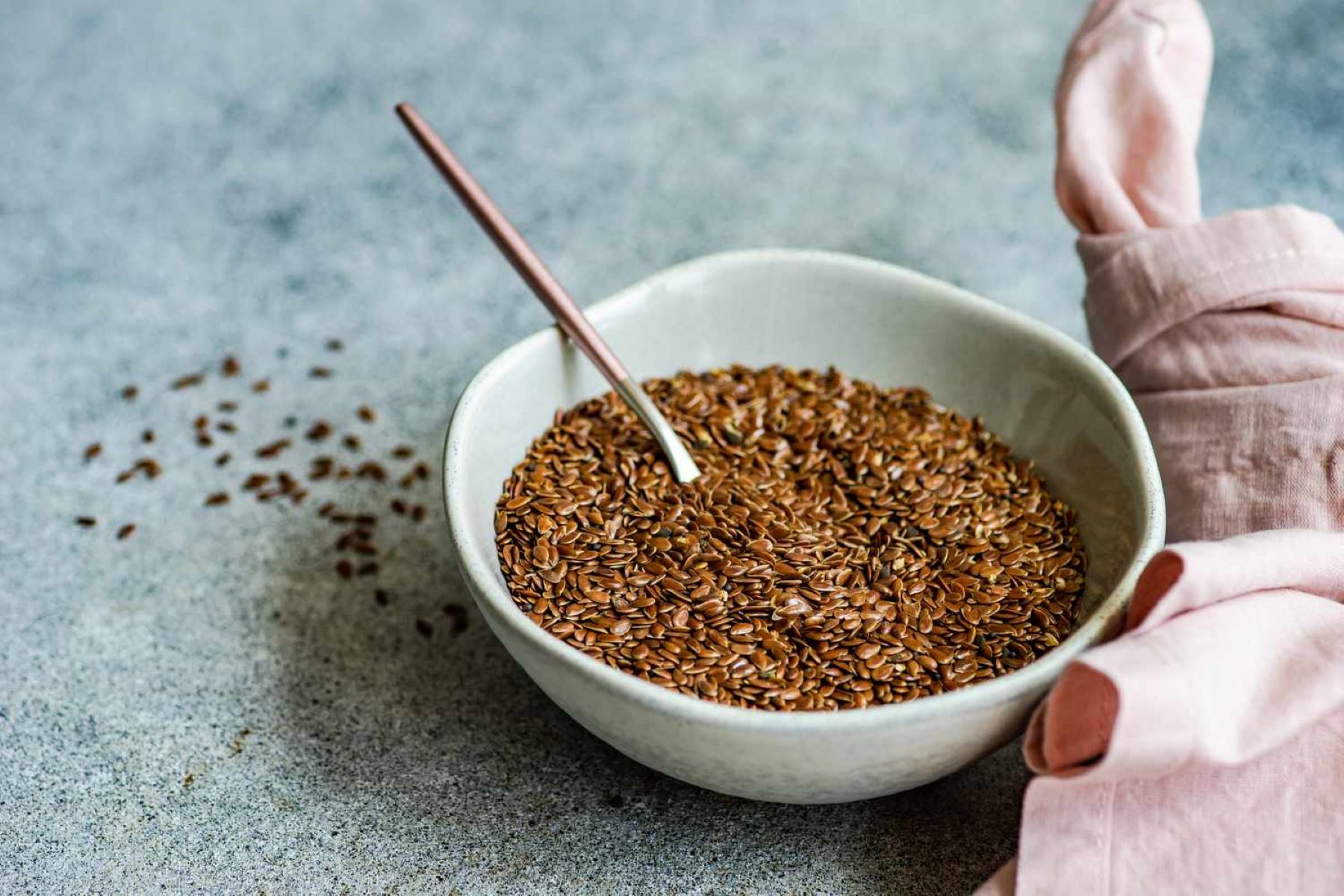

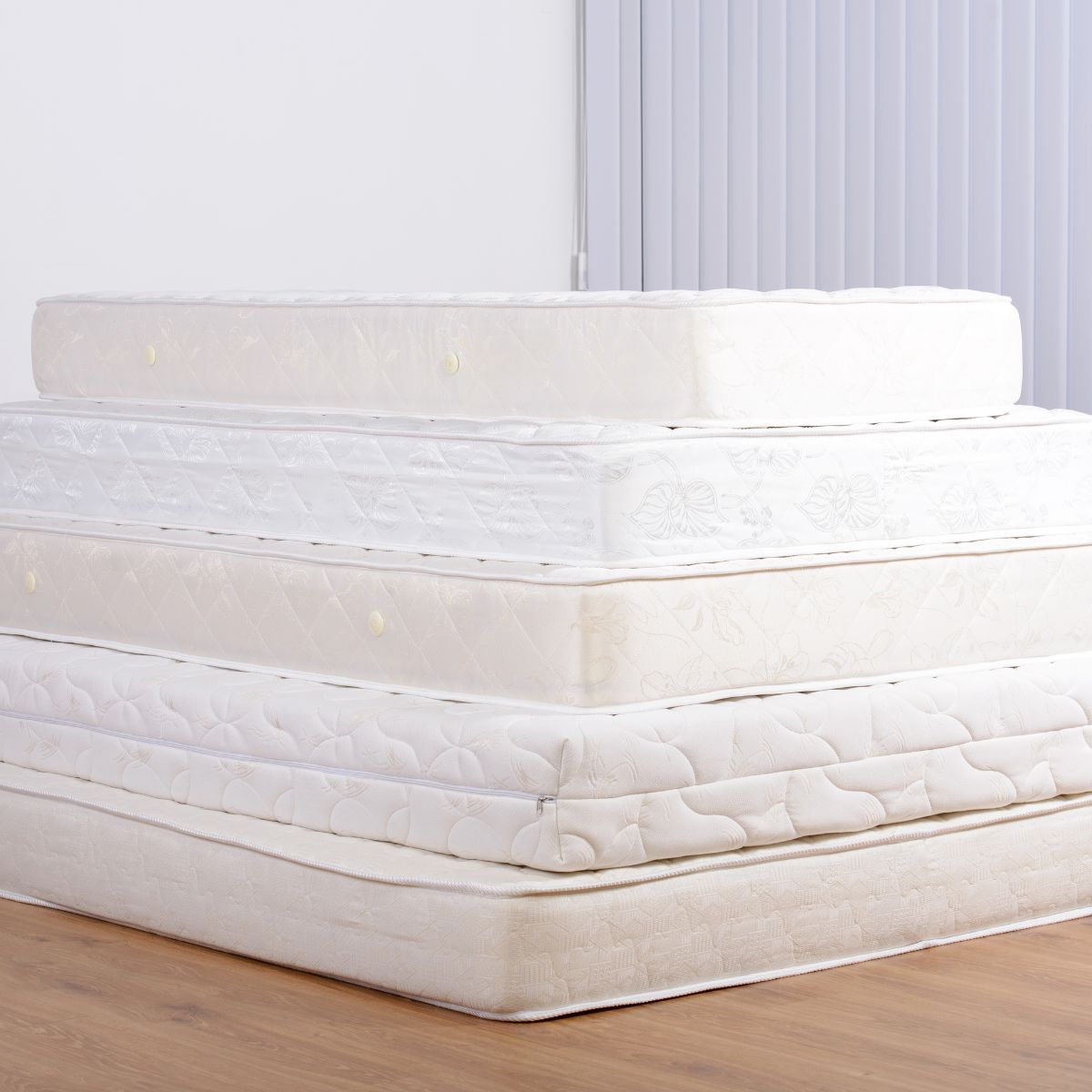
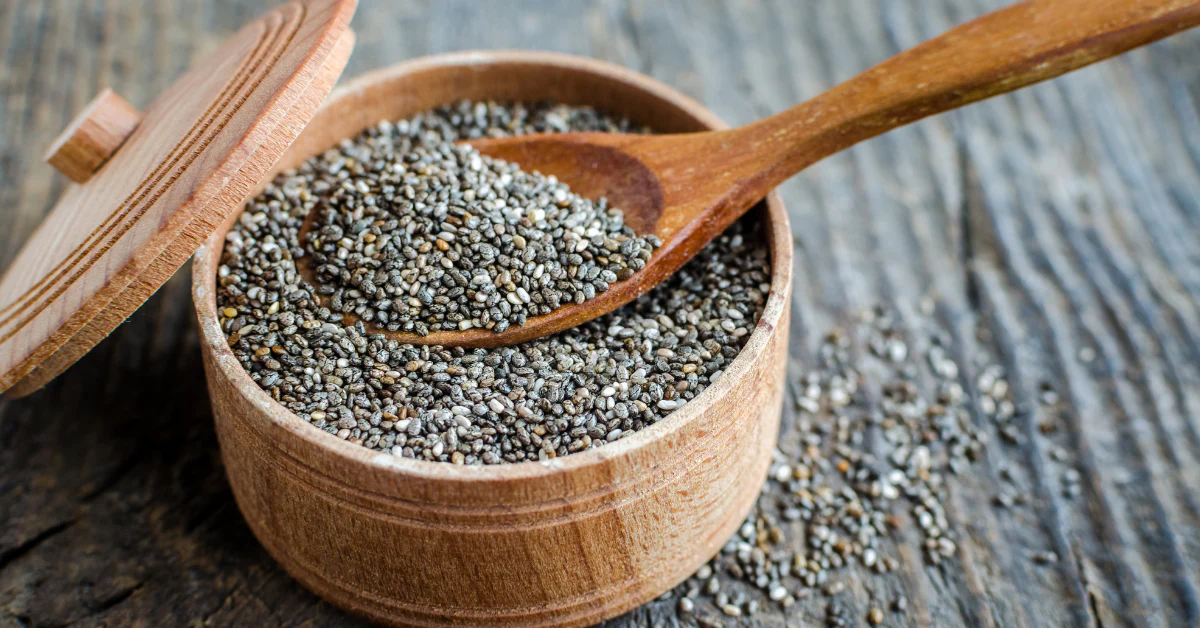




0 thoughts on “How Long Can You Keep Crab Legs In The Freezer”